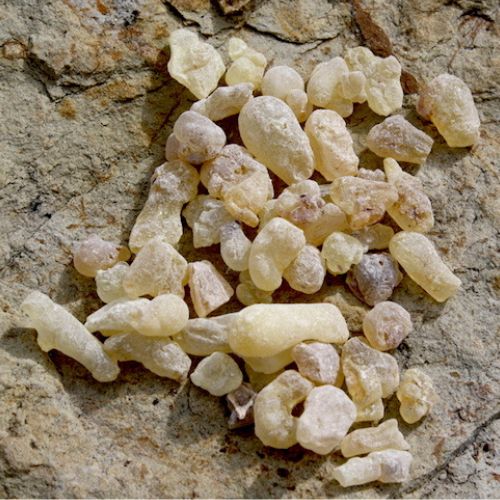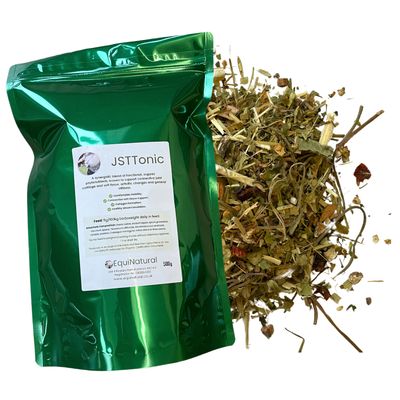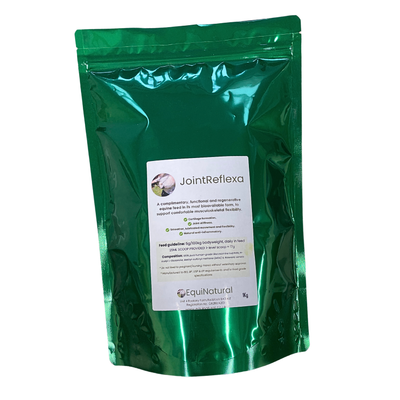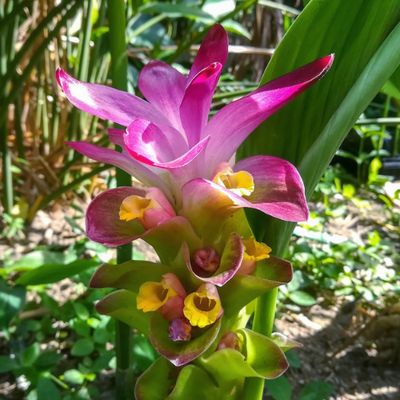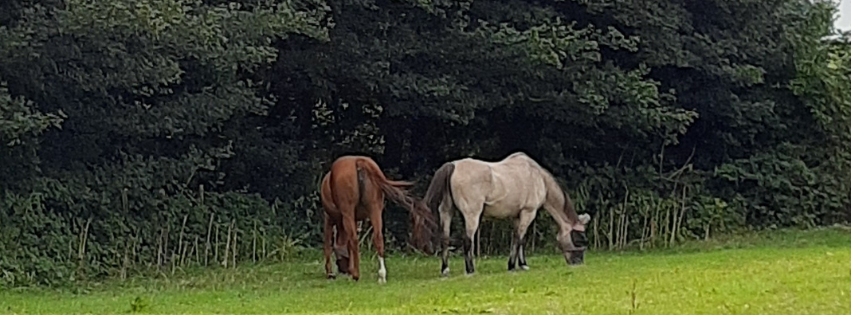BOSWELLIA (Boswellia serrata) *Joint-soothing, inflammation-calming, mobility-supporting resin
Benefits of Boswellia for Horses
Boswellia - better known as frankincense - is an ancient herbal resin used traditionally to support joint comfort, circulation, and digestive balance. Its boswellic acids help maintain healthy inflammatory responses and connective tissue integrity. Suitable for long-term nutritional support.
Note: This is a nutritional, functional food supplement and not veterinary medicine. For more information, refer to Dr Kellon's Horse Sense - Nutrition is not 'Alternative' Therapy
.
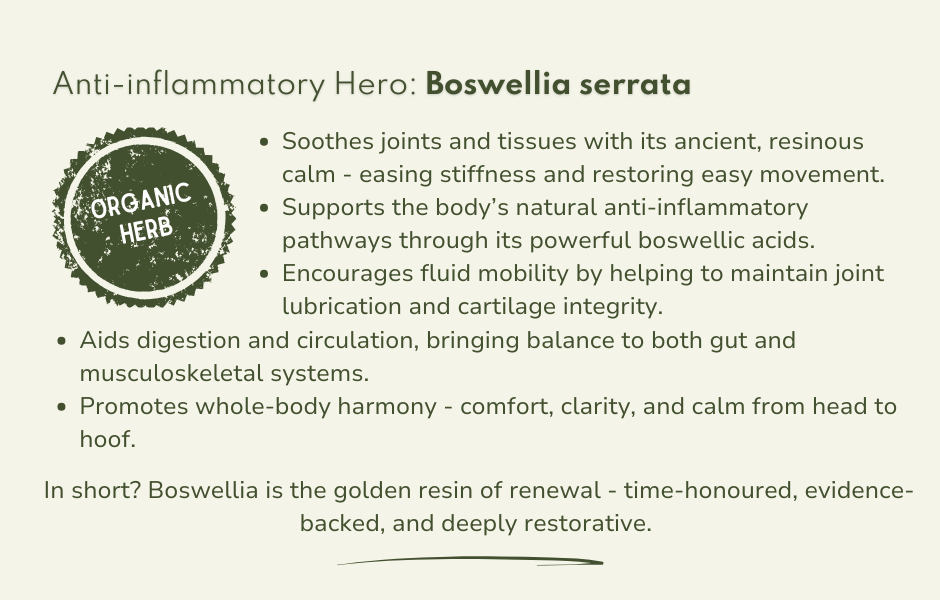
Composition & Feed Guide
💧Organic Boswellia Tincture
Our human-grade, certified organic tinctures give you a ready-to-absorb potent source of phytonutrients at the highest-strength available, for immediate absorption straight into the bloodstream and to the body’s cells.
- Boswellia serrata
- Resin
- Cold Macerated 1:3 90%
- Wild Harvested
~ Feed Guide - Boswellia serrata tincture for horses
- 6ml/100kg bodyweight, daily in feed.
Functional Nutritional Value
Constituents: Boswellic acid (BA), a pentacyclic triterpene (PT) group containing β-boswellic acid (BBA), 11-keto-β-boswellic acid (KBBA), acetyl-β-boswellic acid (ABBA), and acetyl-11-keto-β-boswellic acid (AKBBA) in B. serrata. Other compounds include the tetracyclic triterpenic acids: e-oxotrucallic acid, 3-hydroxytirucallic acid, and 3-acetoxytirucallic acid.
Footnotes
- Laboratory tested for identification and compliance to the British and European Pharmacopoeia standards.
- Human grade.
- Please be aware that if you're purchasing our dried botanicals for human use, our dried range is cut to appropriate sizes for feeding to horses.
- ♻️ Eco Note: Our packaging is recyclable and refillable.
- 🧊 Storage Tip: Keep cool and dry.
Clinical Considerations
Cautions:
- Gastrointestinal ulcers: Rarely, high doses may irritate the stomach lining; use cautiously if ulceration is suspected or active.
- May enhance the effects of non-steroidal anti-inflammatory drugs (NSAIDs); consider alternating rather than combining unless under veterinary direction.
Contraindications:
- Pregnancy and lactation: While no adverse effects have been reported, formal safety data are limited - best avoided during pregnancy or use under professional guidance.
- Avoid concurrent use with anticoagulant or antiplatelet medications due to theoretical additive effects (human evidence).
Boswellia in History & Tradition
When most of us hear frankincense , we think of the three wise men. But this golden resin - also known as boswellia - has a story that stretches far beyond the Christmas tale.
For thousands of years, frankincense has been prized as a ceremonial incense. In Babylon, it was burned during the feast of Bel. In Persia and Assyria, it was an offering to the gods. The Romans loved it so much they didn’t just save it for rituals - they burned it in their homes, too. Even the burned remnants found a use: Egyptian women mixed charred frankincense with resins to create a smoky eyeliner for their lids.
Medicine from the ancients
The earliest records of boswellia’s medicinal use date back to ancient Greece, where it was applied to tumours, oedema, and even inhaled for lung conditions.
In Chinese medicine, boswellia is seen as having four core energies:
- Pungent for dispersing
- Bitter for cleansing
- Warm for moving qi (energy)
- Aromatic for stimulating circulation
Practitioners say boswellia “unsticks” pain from stagnant blood and qi - helping with menstrual cramps, injuries, and the “wind-cold-damp” arthritic aches we’d now call rheumatic pain.
Boswellia is perhaps best known for its anti-inflammatory powers. Ayurvedic tradition turns to it for rheumatoid arthritis, osteoarthritis, gout, and stubborn joint pain. It’s also used for:
- Soothing the lungs (for asthma and bronchitis)
- Supporting digestion (easing diarrhoea, dysentery, bloating)
- Calming traumatic pain and swelling from injury
- Healing gums when blended with myrrh in a mouthwash for redness and soreness
A true multi-tasker
Boswellia doesn’t just stay in one lane - it touches nearly every body system:
- Nervous system: an analgesic, mental tonic, and even a memory aid
- Digestive system: a stomach settler and gentle antimicrobial
- Urogenital system: a diuretic and menstruation support
- Immune system: antiseptic, antifungal, wound cleansing, and connective tissue support
Modern studies are now confirming what traditional healers have said all along: boswellia shows promise for arthritis, inflammatory bowel disease, gingivitis, diabetes, and even cancer support.
From sacred smoke to soothing salve, boswellia is one of the world’s great healing resins - an ancient gift that continues to prove its worth today.
Copyright Notice
© EquiNatural 2025. All content is original work protected under copyright, and may not be re-published, duplicated, or rewritten for commercial use without permission.

